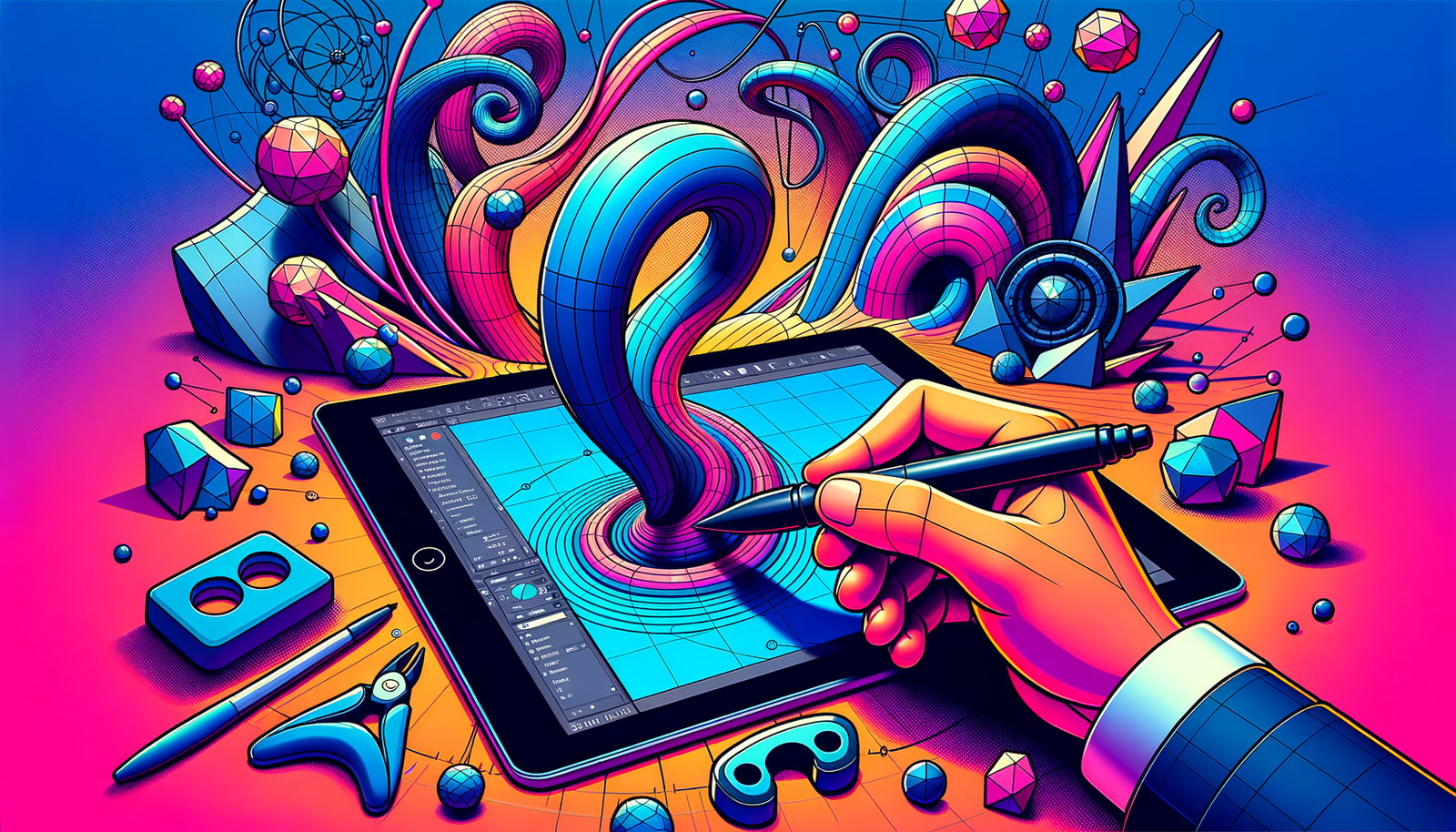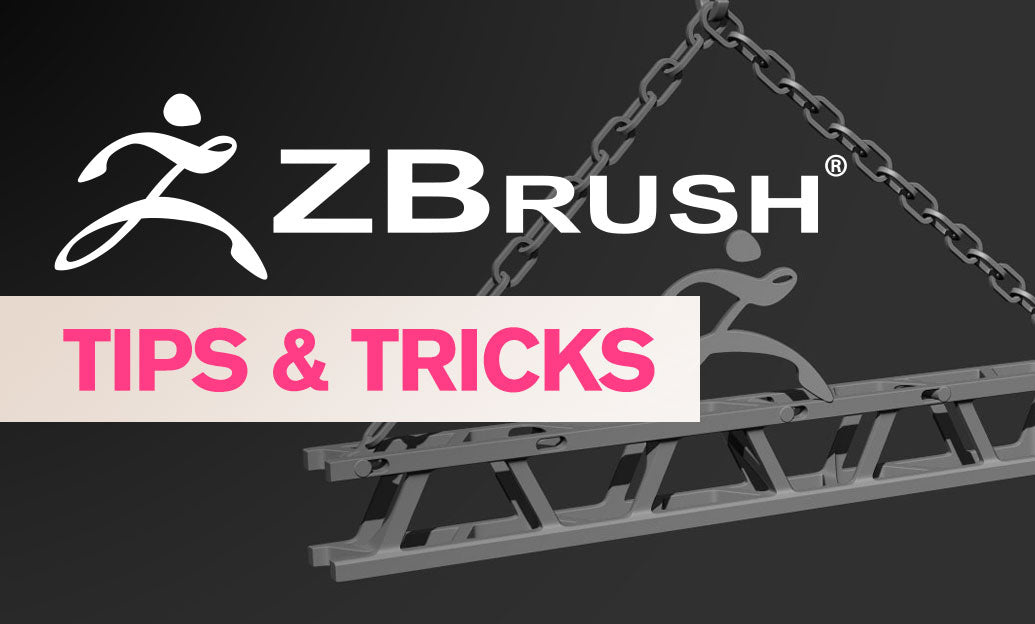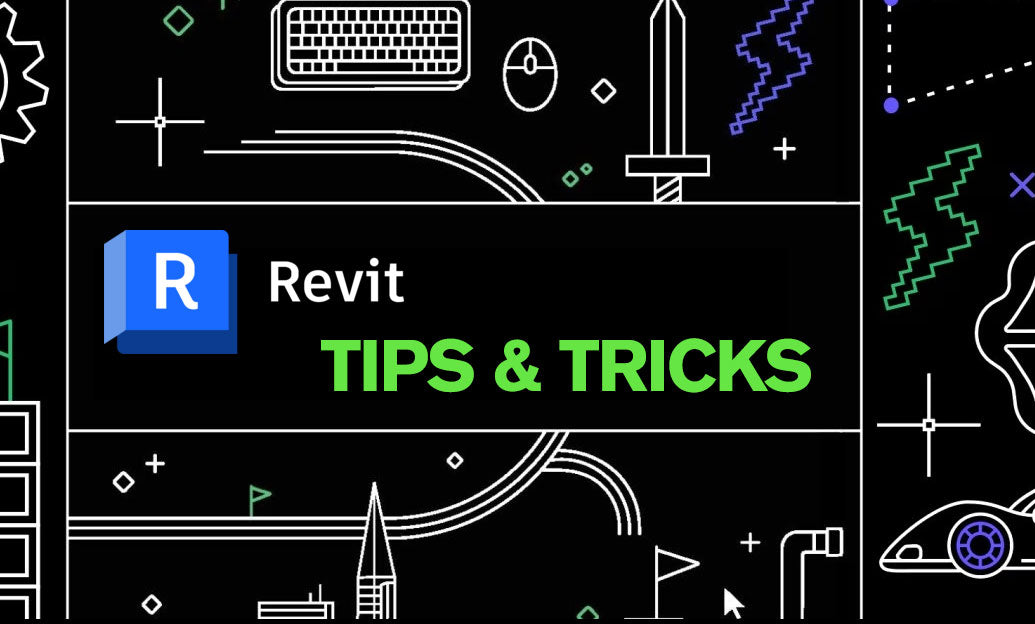Your Cart is Empty
Customer Testimonials
-
"Great customer service. The folks at Novedge were super helpful in navigating a somewhat complicated order including software upgrades and serial numbers in various stages of inactivity. They were friendly and helpful throughout the process.."
Ruben Ruckmark
"Quick & very helpful. We have been using Novedge for years and are very happy with their quick service when we need to make a purchase and excellent support resolving any issues."
Will Woodson
"Scott is the best. He reminds me about subscriptions dates, guides me in the correct direction for updates. He always responds promptly to me. He is literally the reason I continue to work with Novedge and will do so in the future."
Edward Mchugh
"Calvin Lok is “the man”. After my purchase of Sketchup 2021, he called me and provided step-by-step instructions to ease me through difficulties I was having with the setup of my new software."
Mike Borzage
NURBS Modeling: Revolutionizing Precision and Flexibility in Digital Design
November 24, 2024 6 min read


Introduction to NURBS Modeling
In the realm of digital design and modeling, precision and flexibility are paramount. Non-Uniform Rational B-Splines (NURBS) have emerged as a foundational tool that meets these demands, offering a robust mathematical framework for representing complex geometric forms. NURBS are versatile mathematical representations capable of modeling both standard geometric shapes—such as lines, circles, and ellipses—and intricate freeform curves and surfaces with unparalleled accuracy. This versatility has made NURBS indispensable across various industries, including automotive, aerospace, product design, and architecture. The historical context of NURBS dates back to the 1950s and 1960s when the need for more sophisticated design tools became evident in the burgeoning fields of computer-aided design (CAD) and computer-aided manufacturing (CAM). Early modeling techniques were limited in their ability to accurately capture complex shapes and surfaces, which was a significant hindrance in industries that required high precision. NURBS were developed as an extension of B-splines and Bézier curves, incorporating non-uniform weighting and rational functions to provide greater control over shape and curvature. This innovation allowed designers and engineers to create smooth, continuous surfaces that could be easily manipulated, revolutionizing the design process. In practice, NURBS modeling has been pivotal in various design fields. In the automotive industry, for example, NURBS enable the creation of aerodynamic car bodies with smooth surfaces that enhance performance and fuel efficiency. The precise control over curves and surfaces allows designers to fine-tune vehicle shapes to achieve optimal aerodynamic properties. In architectural design, NURBS facilitate the modeling of organic forms and complex geometries that break away from traditional architectural constraints. Architects leverage NURBS to realize innovative structures with flowing lines and unconventional shapes, pushing the boundaries of modern architecture. Moreover, NURBS are essential in industries where the aesthetic aspect of a product is just as important as its functionality. In product design, NURBS allow for the meticulous crafting of ergonomic shapes and surfaces that improve user experience. The ability to represent intricate details accurately ensures that the final product meets both the designer's vision and the user's needs. The widespread adoption of NURBS across these fields underscores their significance in modern design software and the continuous push towards more advanced modeling capabilities.
Technological Advancements in NURBS
The evolution of NURBS modeling has been marked by significant technological advancements that have expanded their capabilities and efficiency. One of the most notable developments is the introduction of adaptive NURBS techniques. Traditional NURBS models require a balance between detail and computational efficiency, often leading to performance issues when dealing with highly complex surfaces. Adaptive NURBS dynamically adjust the density of control points and knots based on the complexity required in different regions of the model. This means that areas needing high precision can have increased detail, while simpler regions maintain fewer control points. The result is a model that is both accurate where necessary and optimized for performance, reducing computational load without compromising quality. Another significant advancement is the utilization of GPU acceleration for handling complex surfaces. Modern GPUs (Graphics Processing Units) are designed for parallel processing, which is ideal for the large-scale computations involved in NURBS modeling. By offloading processing tasks from the CPU to the GPU, design software can render and manipulate complex NURBS surfaces in real-time. This acceleration is particularly beneficial when working with intricate models that require immediate visual feedback. Designers can interact with their models more intuitively, making adjustments and seeing the effects instantly. The combination of adaptive techniques and GPU acceleration has greatly enhanced the efficiency and responsiveness of NURBS modeling software. Enhanced user interfaces and design tools have also contributed significantly to the advancements in NURBS modeling. Leading software platforms have introduced more intuitive controls and visual aids that simplify the manipulation of NURBS models. For instance, graphical interfaces now often include direct manipulation capabilities, allowing designers to adjust control points and weights interactively within the viewport. This hands-on approach makes the modeling process more accessible, especially for complex surfaces. Integration with other modeling techniques and workflows has further expanded the utility of NURBS. Designers can now seamlessly combine NURBS modeling with mesh and polygon modeling within a single environment. This integration allows for a versatile approach to modeling, where the strengths of each method can be utilized as needed. For example, a designer might use polygon modeling for constructing a rough shape and then refine it using NURBS for precise surface detailing. Such flexibility enhances creativity and efficiency in the design process. Leading software updates frequently introduce new features that address emerging needs in design. These may include advanced surface analysis tools, improved rendering capabilities, and enhanced compatibility with other software systems. The continuous development of these tools ensures that NURBS modeling remains at the forefront of design technology, capable of meeting the increasingly complex demands of modern design projects.
NURBS in Contemporary Design Challenges
In today's rapidly evolving design landscape, NURBS modeling plays a critical role in addressing contemporary challenges such as sustainability, customization, and the integration of new materials and manufacturing processes. The ability of NURBS to accurately represent complex geometries makes them ideal for optimizing designs to meet these modern requirements. Addressing the needs of sustainability, NURBS modeling is instrumental in the automotive industry's efforts to improve aerodynamics and reduce environmental impact. By precisely controlling surface curvature and continuity, designers can create car bodies that minimize air resistance, leading to enhanced fuel efficiency and reduced emissions. This level of detail is crucial for complying with stricter environmental regulations and meeting consumer demand for greener vehicles. In architectural design, NURBS facilitate the exploration of organic forms and complex geometries that can contribute to sustainable building practices. Architects are increasingly designing buildings that harmonize with their environment, utilize natural light and ventilation, and incorporate renewable energy technologies. NURBS modeling allows for the accurate depiction and analysis of such designs, enabling architects to create structures that are both aesthetically pleasing and environmentally responsible. Customization is another area where NURBS modeling excels. In an era where consumers seek products tailored to their preferences, the ability to quickly modify designs is invaluable. NURBS allow for the efficient creation of customizable templates that can be adapted to individual specifications without the need for entirely new models. This capability is particularly important in industries like consumer electronics and wearable technology, where personalization is a key market driver. Collaborative design environments have become essential in managing the complexity of modern design projects. Cloud integration for NURBS modeling enables real-time collaboration among team members, regardless of their geographical location. Designers can work simultaneously on the same model, share insights, and make collective decisions more efficiently. Features of these collaborative environments include:
- Real-time collaboration: Multiple users can edit and review models simultaneously, enhancing teamwork and reducing development time.
- Secure sharing and versioning: Cloud platforms offer secure access controls and track changes over time, ensuring that team members are always working with the latest version.
- Scalable computing resources: The cloud provides access to powerful computational resources that can handle complex NURBS models, making high-end modeling capabilities accessible even to smaller firms.
Conclusion
In conclusion, NURBS modeling has proven to be an indispensable tool in the creation and optimization of complex surfaces across various design fields. The technological advancements in adaptive algorithms, GPU acceleration, and enhanced user interfaces have significantly expanded the capabilities of NURBS, making them more efficient and accessible than ever before. These developments have allowed designers to tackle contemporary challenges with greater precision and creativity. The future outlook for NURBS modeling in design software is promising. One of the most exciting prospects is the potential integration with emerging technologies such as artificial intelligence (AI) and machine learning. AI algorithms can assist in automating routine tasks, optimizing designs based on predefined criteria, and even predicting potential design flaws before they occur. Machine learning can analyze vast amounts of design data to provide insights and recommendations, further enhancing the decision-making process. Moreover, as industries continue to demand more complex and customized designs, NURBS modeling is poised to evolve in response. We can anticipate further improvements in computational efficiency, user experience, and interoperability with other systems and technologies. The ongoing development of NURBS will undoubtedly continue to shape the future of design, enabling the creation of innovative products and structures that meet the ever-changing needs of society. In summary, the advancements in NURBS modeling for complex surfaces represent a significant stride in design technology. By combining mathematical precision with technological innovation, NURBS remain at the forefront of digital modeling, empowering designers to push the boundaries of what is possible.
Also in Design News

ZBrush Tip: Techniques for Sculpting Realistic Veins in ZBrush
December 22, 2024 2 min read
Read More
Revit Tip: Expert Tips for Creating and Managing Topography in Revit
December 22, 2024 2 min read
Read MoreSubscribe
Sign up to get the latest on sales, new releases and more …



